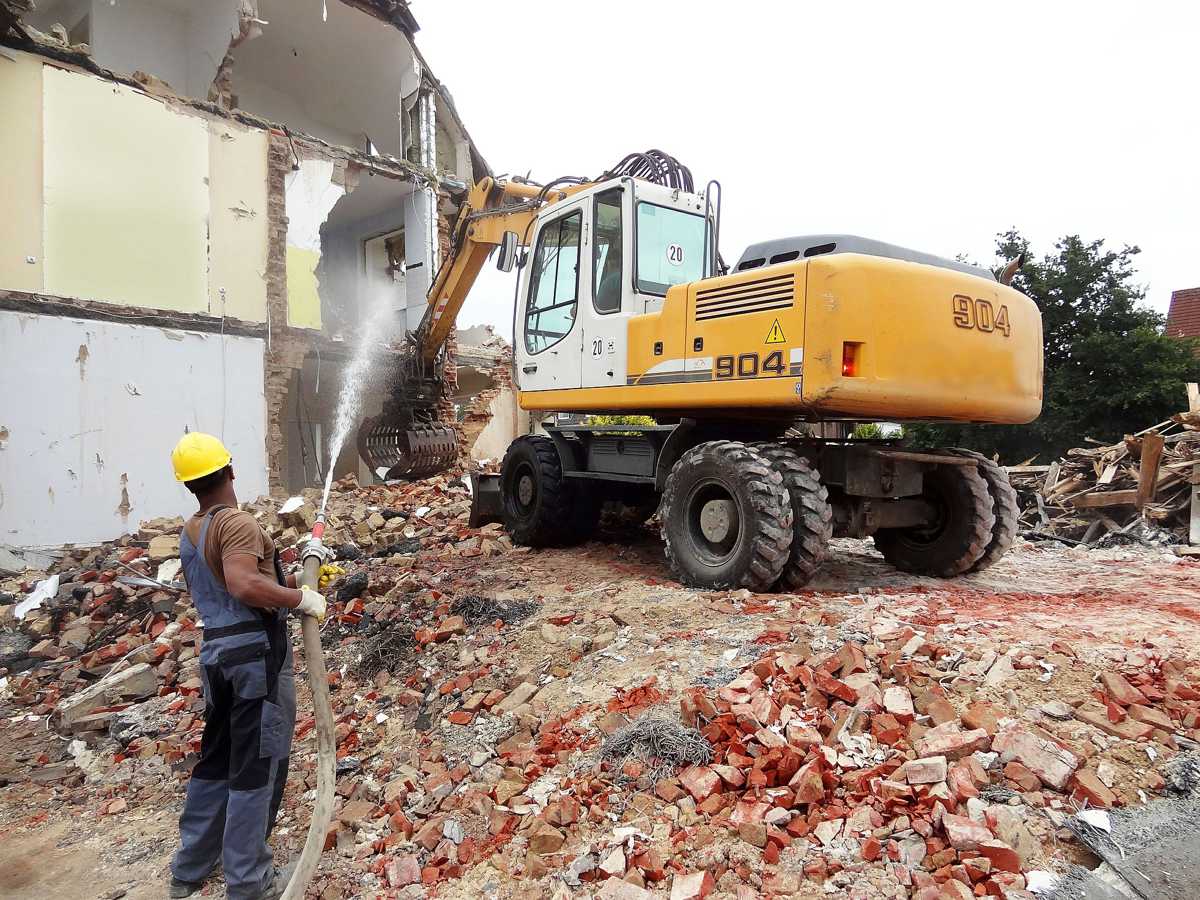CHAS and British Lung Foundation initiative looks at dealing with deadly dust
June 21 – 27 marks Love your Lungs Week, a British Lung Foundation initiative to promote better lung health. Alex Minett, Head of Product & Markets at CHAS, looks at how employers can look after workers’ lungs by preventing harm from silica dust.
Tackling occupational lung disease is key to improving the nation’s lung health and special attention must be paid to silica dust which is considered to be the greatest risk to construction workers’ health after asbestos. Silica dust exposure has been linked to 4,000 deaths a year from Chronic obstructive pulmonary disease (COPD) – a group of lung diseases that includes bronchitis and emphysema; while estimates suggest 500 UK construction workers die each year from Silicosis – a form of lung disease caused by inhaling large amounts of crystalline silica dust. What’s more, the London School of Hygiene and Tropical Medicine has listed COPD and Silicosis as diseases that increase the risk of severe COVID-19 illness. While these statistics are troubling, thankfully, there are steps employers can take to protect their workforce.
Identify the risk
When it comes to silica dust, it’s important to remember that what you can’t see can hurt you. Silica dust is a natural substance present in materials that construction workers work with daily, such as bricks, tiles, concrete, and mortar. Cutting, sanding and grinding these materials releases Respirable Crystalline Silica (RCS) which is so fine it can reach deep inside the lungs and cause significant harm to health. RCS particles are at least 100 times smaller than a grain of sand and in most lights they are too fine to be seen by the naked eye. Consequently it can be easy to underestimate the risks. The workplace exposure limit for RCS is just 0.1mg over eight hours – the equivalent of a small pinch of salt.
Understand the short term impact
Although rare, exposure to an extremely large amount of RCS, in a short time period can cause Acute Silicosis, an aggressive form of Silicosis which can lead to death within weeks or months. In the short term, exposure to silica dust can also exacerbate underlying health conditions such as asthma. Of further concern, is that recent evidence suggests respiratory viruses can be transported on dust particles, which has obvious implications for coronavirus transmission.
Understand the long term impact
Long term exposure to RCS can cause lung cancer and other serious respiratory diseases. As mentioned previously, silica dust is also linked to serious lung diseases including Silicosis which can cause severe breathing problems and increases the risk of lung infections and COPD. Importantly, it doesn’t take much dust to do damage. Even tiny amounts of RCS can cause long term damage, particularly over prolonged periods of exposure.
Control and reduce the risks
As with all hazards, it’s preferable to limit the amount of dust you create before considering control methods. The HSE suggests this could include using a different material or method of work, such as using a nail gun to directly fasten cable trays instead of drilling holes, or even by adopting offsite construction methods.
Where it’s not possible to eliminate dust, consider other measures to control and reduce the dangers, such as planning work to keep cutting and preparation to a minimum or opting for a less powerful tool.
Silica dust should also be controlled at source to prevent it from becoming air bound by choosing tools with effective dust extraction (Class M or H rated extractors are recommended) and using methods such as wet cutting and wet sweeping, though these must be carried out effectively to have an impact. For further information on this issue, see the HSE’s simple guidance on how to control RCS exposure in construction.
Choose a suitable dust mask
PPE should always be the last line of defence but where it is necessary, be careful to choose the most appropriate respiratory protective equipment (RPE). This is especially important given the current widespread availability of COVD-19 masks that are unlikely to provide sufficient protection against silica dust. Similarly, nuisance-grade dust masks do not protect the lungs. Look for a dust mask with an assigned protection factor of 20. Use either FFP3 filtering facepieces or orinasal respirators with P3 filters. Fit testing is also essential to ensure any equipment selected is suitable for the wearer. It is a legal requirement for workers using tight fitting respiratory protective equipment to be fit tested by a competent person as explained in CoSHH regulations. User training on how to wear and care for RPE is also important.
Work with your supply chain to mitigate the risk
Communicate that you take the risks posed by Respirable Crystalline Silica (RCS) seriously with your supply chain. Choose accredited contractors who can demonstrate their commitment to high standards of health & safety, such as those who are CHAS accredited, and work with these partners to share best practice on how to reduce and control the risks.




















